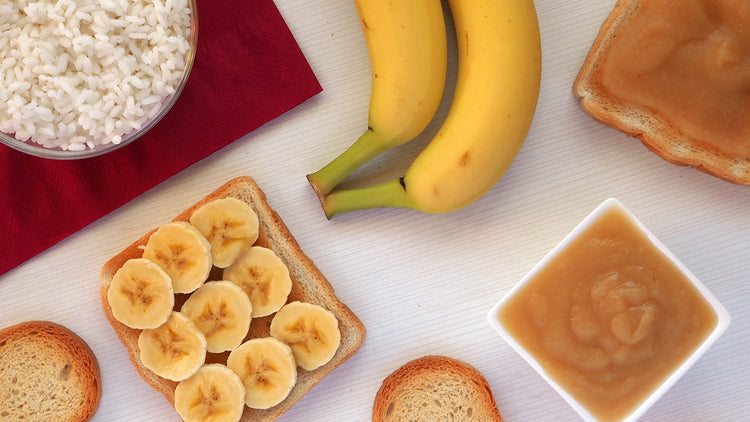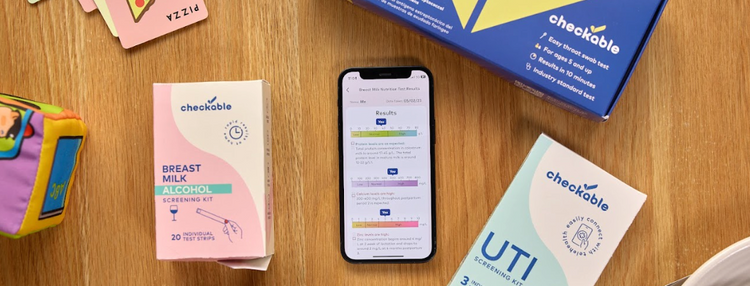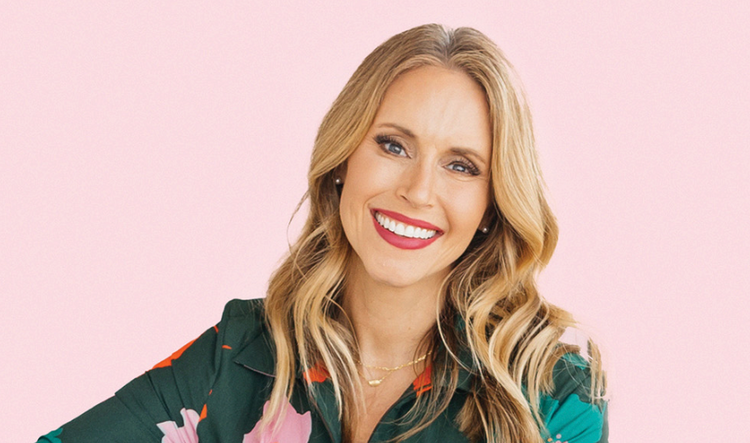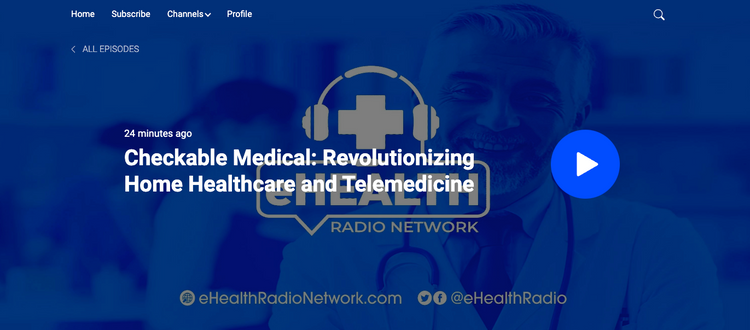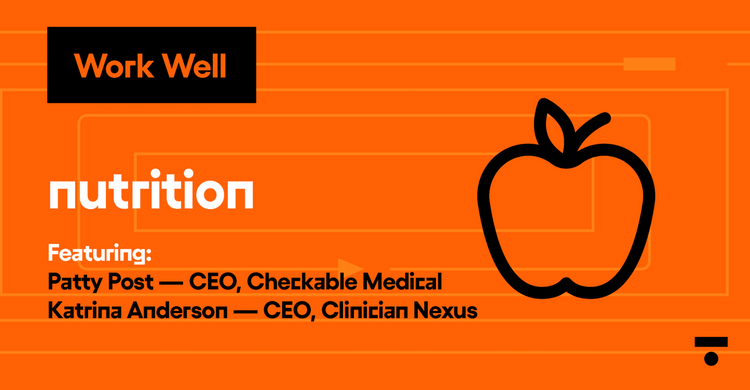
If you are a woman over 30 years old, I am sure it has been instilled that cardio and burning fat are the best way to stay fit, especially as we age. While that definitely holds some truth, there is more to retaining a healthy lifestyle. Did you know you lose muscle as you age? Yup, it’s true. Starting at around age 30, both men and women begin to lose muscle mass at a rate of about 10% each decade until age 50. The loss then accelerates to 15%. By the time you’re 80, decreased muscle mass can become incredibly pronounced, therefore making falls and bone break much easier. Older women have increasingly more muscle and bone loss than men due to decreasing estrogen levels during menopause.
If men were asked what their workout routine included, most would say weightlifting. For some reason, it has gotten to be a male-dominant regimen. We get that women don’t all want to look like pro wrestlers, but there are many important benefits of weightlifting and strength training that will improve your quality of life. You don’t need arms like the Rock, but maintaining muscle tone will help minimize future ailments, especially for those that were alive in the 80s. While many fitness programs marketed to women emphasize the importance of cardio for weight loss, resistance, and strength training (aka weightlifting) is actually more beneficial for overall health.
What Exactly is Weightlifting and Strength Training
Before you think you have to spend countless hours at the gym lifting barbells and weights, understanding what weightlifting really means is key. In fact, let’s think of weightlifting more as weight training, strength training, or resistance training because you don’t actually need to lift weights to see results. Weightlifting is actually one type of strength training that uses machines or free weights, but other types include using medicine balls, resistance bands, or doing body weight-bearing exercises like pushups, squats, pilates, or yoga. Resistance training requires our muscles to contract to lift a heavy object against the pull of gravity, which builds muscle, strength, and endurance. The result is lean and toned muscles that will keep your body fit by improving bone density and protecting muscle mass to stay healthy well into your golden years.
Some Physical Changes That Occur With Age
Aside from gray hair and fine lines or wrinkles, the aging process brings a few traits that can decrease our quality of life. These include:
- Decreased range of motion: As we age, it becomes harder to move around as you did in your 20s. Our range of motion declines due to changes in connective tissue, arthritis, loss of muscle mass, or bone density. Studies have shown a decrease in flexibility of the shoulder and hip joints by approximately 6 degrees per decade which causes higher rates of bone breaks, falls, and chronic disease.
- Declining strength: Another hallmark of aging is losing muscle mass and strength. Muscle power and strength decline slowly and speed up after age 65 for women. Current research shows the rate of muscle atrophy is about 1% a year after age 50, which has an increasing effect over time.
- Decrease in balance: As we age, our equilibrium (balance) will start to decline. We rely on our eyesight, vestibular system (inner ear), and our joints to signal the brain to help the body maintain balance. The aging process slows these signals down.
- Joint or back pain: As we age, arthritis and inflammation of the joints begin to wear and tear down cartilage in joints throughout the body, Osteoarthritis. It commonly occurs in the weight-bearing joints and causes pain that often doesn’t go away. This often also causes bad posture and hunched shoulders.
- Mental health declines: Unfortunately, aging affects our cognitive abilities. Maintaining a healthy lifestyle and diet is key to lowering the decline.
- Obesity: About 1/3 of older adults have difficulty losing weight and suffer from obesity in their elder years. Those that are overweight need more muscle mass to carry their body weight or their joints and cartilage will break down faster.
Health Benefits of Weightlifting & Strength Training For Women
Along with cardio, strength training is essential to long-term wellness, especially for women over 30. Prepare your body now for your future self and minimize health risks that could have been prevented. Integrating resistance training into your workout routine can help combat physical age-related concerns to help maintain range of motion, strength, and balance
Strength training can benefit older women by:
- Increasing bone density. Weight-bearing exercise puts wakens the cells in the bones from movement and force patterns, which helps the bone to strengthen. This can prevent osteoporosis.
- Increasing muscle mass. Muscle is essential to movement; therefore, more muscle means more strength, better balance, and increased metabolism. Maintaining muscle mass helps prevent injury, improves range of motion, and aids in daily functions like walking up the stairs or bathing yourself.
- Enabling better balance and functionality. Strong muscles and strong bones will help keep you balanced and at less risk of injuries. Pretty much every activity, from cooking to simply tying your shoes, requires balance, flexibility, and strength.
- Improving body composition. Maintaining muscle mass can decrease the chances of obesity. The more muscle you have, the faster your metabolism works. Strength training also increases excess post-oxygen consumption (EPOC), which occurs when the body continues to burn excess calories for hours after exercise.
- Improving the quality of life. Women that add regular resistance training to their routine often see improvements not only physically but mentally as well. Better sleep occurs, fewer injuries occur, and less depression has been linked to those that have more muscle mass and a healthy lifestyle.
- Increases energy. Exercise gets the blood flowing and endorphins pumping, which helps boost energy levels and mood. Some cardio can actually deplete the body’s energy, but even small doses of strength training can leave you with more energy to power through the day.
- Better functional strength. Sounds practical, but women need physical strength to carry on daily tasks. Whether carrying in the groceries or running around after toddlers, you need functional strength to accomplish any type of movement. Resistance training improves strength in key areas like the core, legs, lower back, and upper body, which will help in everything you do.
- Improves heart health. According to the Mayo Clinic, heart disease is the leading cause of death for women. Adding strength training exercises at least two days per week can improve heart and cardiovascular health by lowering LDL ("bad") cholesterol, increasing HDL ("good") cholesterol, and lowering blood pressure.
- Lowers stress levels. Exercise with resistance training can also help with stress reduction. Stress reduction can improve not only your mental state but also your overall physical wellness.
- Improves back and joint pain: Strength training not only builds stronger muscles but also strengthens the connective tissues in the joints. This also helps prevent injury or lessen the severity. Strengthening the gluteal muscles can help alleviate lower back and knee pain by strengthening key muscles in your body to increase the range of motion your spine is capable of.
Goals for Adding Strength Training to Your Lifestyle
The first step in integrating weight and strength training into your workout routine is by committing to it and allowing your body to adjust. You may feel weak at first or even feel your muscles shake, but in time, you will feel stronger.
- Start slow. Incorporate 20-30 minutes of strength training at least three days/week. You don’t need fancy equipment; you can even just start with planks, push-ups, or squats. Low-impact workouts like yoga and pilates are great ways to increase strength, flexibility, and mobility from head to toe. Consistency is key. Avoid the temptation to add too much weight too quickly. Even light weights of about 3 pounds can pack a punch. As your body adapts, you’ll be able to add more weight.
- Focus on form. Quality of movement is key to preventing injury and getting the full benefits of each movement. Move slowly and focus on the form.
- Establish a routine. Whether it be before your morning coffee or after the kids are asleep, make time for strength training and working out. Alternate days of cardio and weight/strength training.
- Try supplements. Add supplements like collagen to your diet, which helps build muscles and prevent bone loss.
How Collagen Can Help You Reach Your Strength Training Goals
Collagen is a hard, insoluble, and fibrous protein that makes up one-third of the protein in the human body. It is the main component of connective tissues that make up skin, tendons, ligaments, and muscles. We already know that as we age, our body’s natural production of collagen declines. Consuming collagen supplements can help provide your body with the required amino acids needed to enhance collagen production.
Along with a slew of health benefits, Collagen is essential in achieving your health goals by helping to build muscle and bone density by delivering eight essential amino acids that contribute to increased muscle mass and strength. It also aids in faster recovery from workouts and training by repairing and replenishing proteins broken down during exercise. As we age, bones become less dense and more brittle. Collagen can help prevent injuries by strengthening joints, bones, and ligaments and enriching muscles with nutrients.
When it comes to choosing a great collagen product, there are several things to consider, including the type of proteins, how many, and its source. Checkable’s Glow & Grow Collagen was expertly formulated with the perfect blend of Type I, II, III, V, and X collagen proteins. Made from bovine, chicken, eggshell, and marine sources, our collagen supplements deliver a full range of collagen that stimulates your body to produce more naturally and slow down aging.
Ready to start lifting? Remember, start slow and listen to your body. Consistently strength training and stretching, even for short periods of time, can be tremendously helpful in delaying or preventing many age-related ailments. Slow and steady wins the race.
Written by Ali Kessler
Life is too short to sit in a doctor’s office
Sign up for our weekly newsletter and get valuable healthcare tips and tricks in your inbox!
Sign up now and unsubscribe anytime.
- Choosing a selection results in a full page refresh.
- Press the space key then arrow keys to make a selection.
















